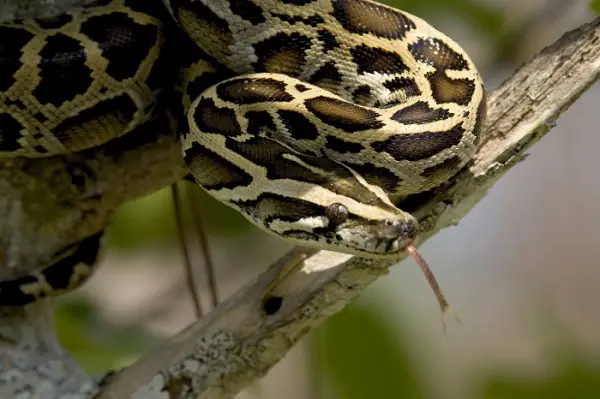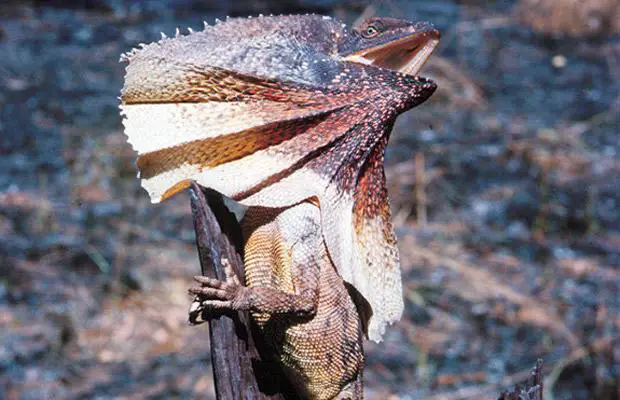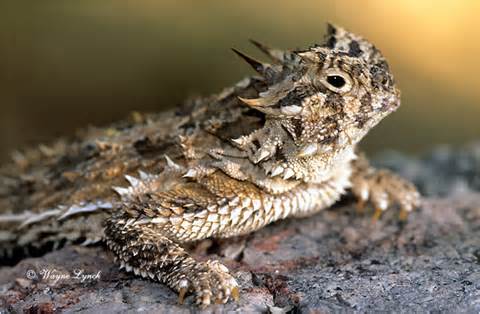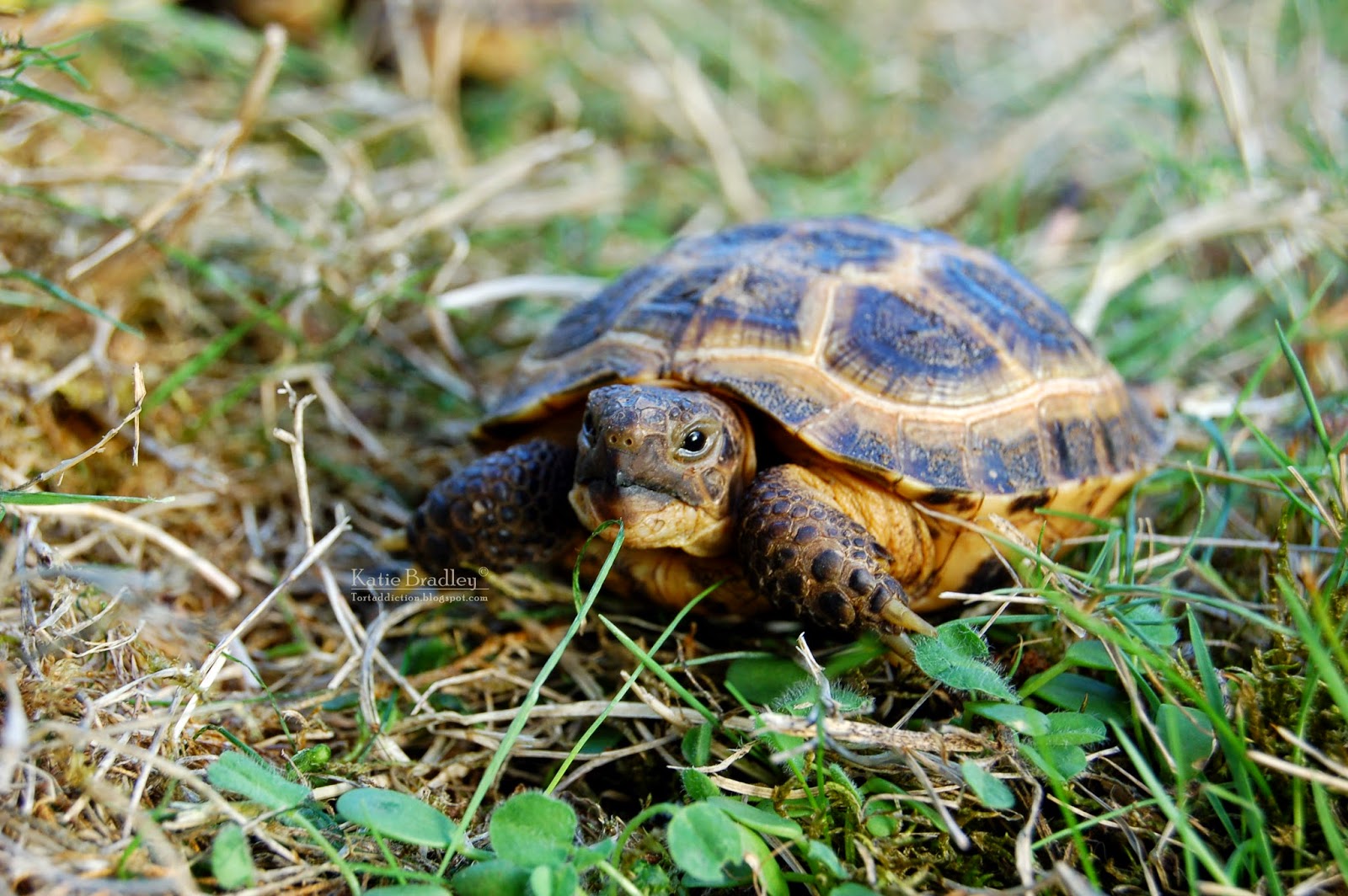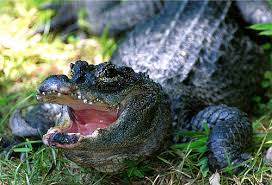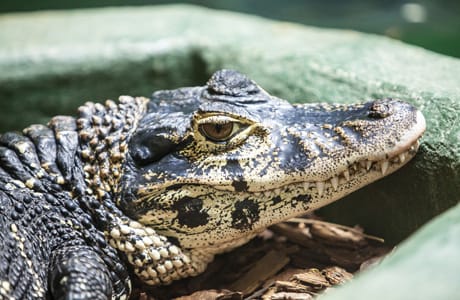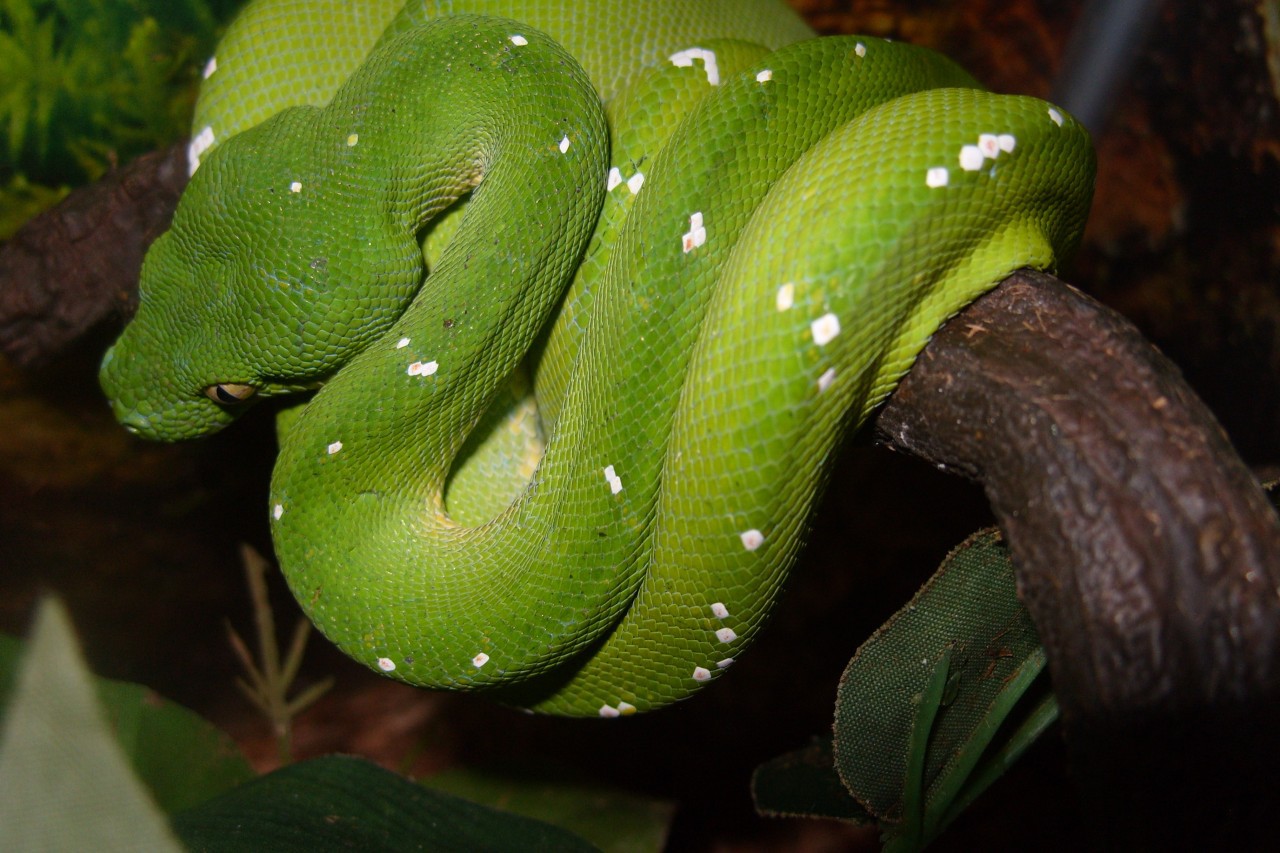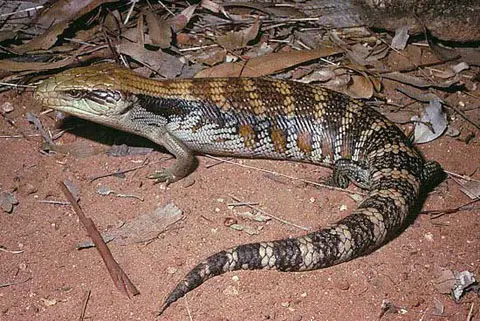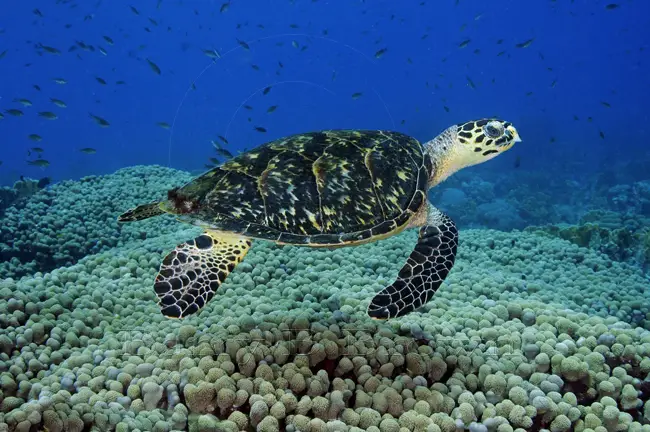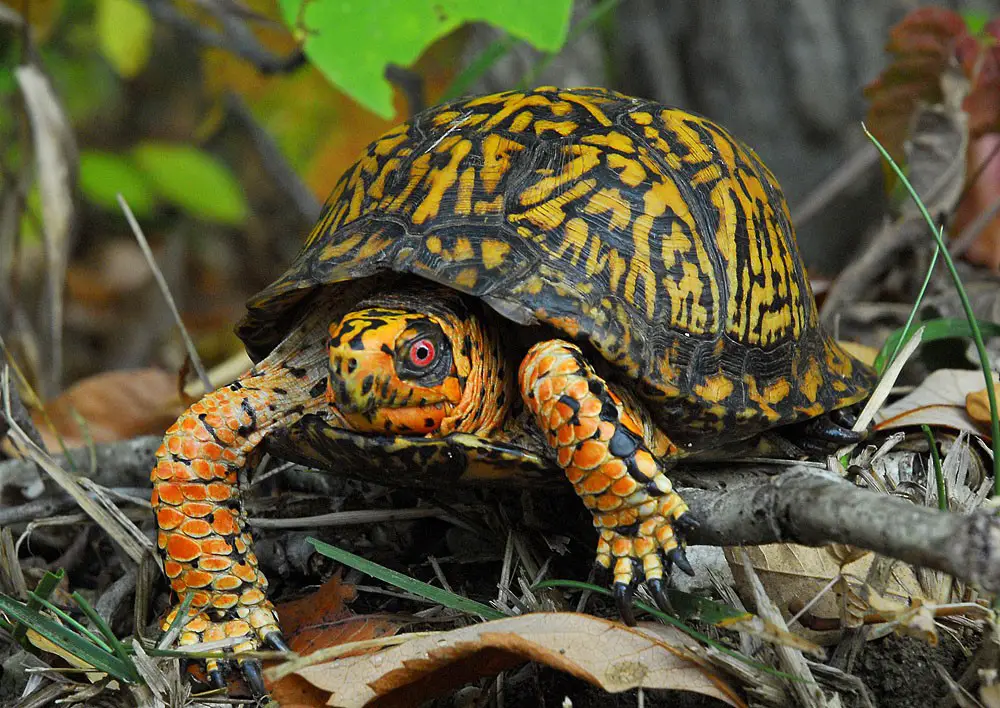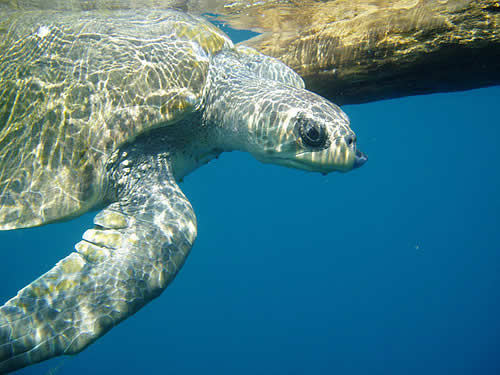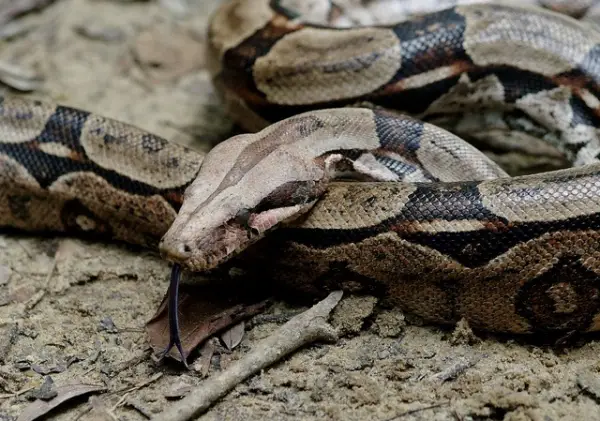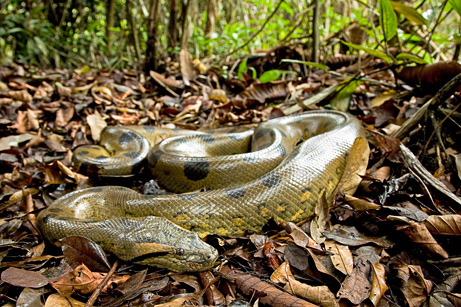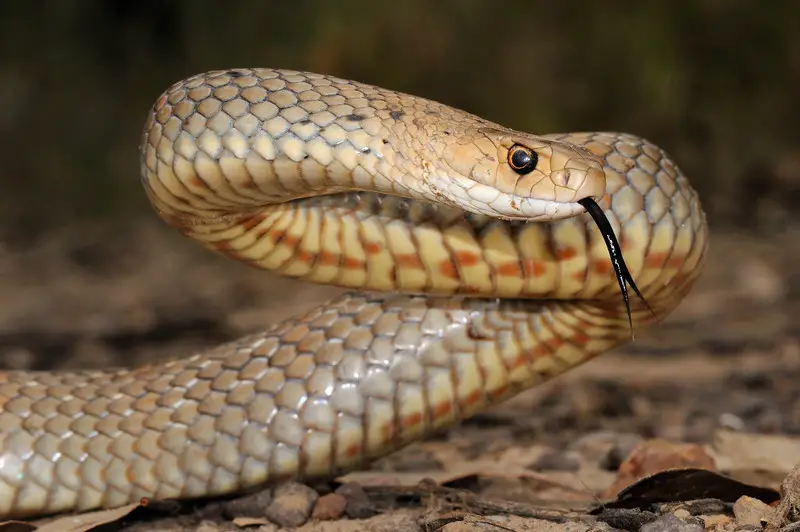Category: Reptiles
Reptiles are those cold blooded air-breathing vertebrates, which are neither birds nor mammals, that lay eggs which are membrane-protected and fertilized within the mother's body.
-
Burmese Python Facts | Anatomy, Diet, Habitat, Behavior
The Burmese python (Python bivittatus) is the third largest snake in the world. It is thought to occur in South and Southeast Asia. Burmese pythons are considered semi-aquatic animals because they make habitats near water. They grow to a length of about 1.8 meters (6 feet). Pythons are arboreal species as they spend much of…
Written by
-
Frilled Neck Lizard Facts | Anatomy, Diet, Habitat, Behavior
The frilled neck lizard (Chlamydosaurus kingii) is a large lizard that seems quite threatening when it expands the frill like some dinosaurs used to do. The lizard has evolved to scare off predators in this unique fashion. Yet another unique feature about this lizard is that it is capable to run extremely fast on its…
Written by
-
Texas Horned Lizard Facts | Anatomy, Diet, Habitat, Behavior
The Texas horned lizard (Phrynosoma cornutum) is a North American lizard with a spiky body. It is found in the southeastern Arizona, Kansas, Colorado to as far south as northern Mexico. The horned lizard is also called horned toad. It can disappear its body into the dry vegetation as the body provides an excellent camouflage…
Written by
-
Russian Tortoise Facts | Anatomy, Diet, Habitat, Behavior
The Russian tortoise (Agrionemys horsfieldii) is one of the tortoise species that makes a remarkable pet. It is typically found in the open habitats of Asia. Russian tortoises are one of the expert diggers and for the same reason they like to live in moist habitats so that they can easily make burrows. Russian Tortoise…
Written by
-
Chinese Alligator Facts | Anatomy, Diet, Habitat, Behavior
The Chinese alligator (Alligator sinensis) is the only living species of the family Alligatoridae. It is native to the eastern China. There are only two living species of alligator; American alligator and Chinese alligator. The International Union for the Conservation of Nature has listed it as critically endangered species. Let us see what the main…
Written by
-
Black Caiman Facts | Anatomy, Diet, Habitat, Behavior
The black caiman (Melanosuchus niger) is one of the largest living alligators and it is typically found in the freshwater habitats of South America. In the Amazon rainforests, black caiman is the largest predator as it is thought to hunt reptiles, mammals, fish, and small birds. The caiman reproduces in the dry season and it…
Written by
-
Green Tree Python Facts | Anatomy, Diet, Habitat, Behavior
The green tree python (Morelia viridis) is a unique python with the green color body and a prehensile tail. It is typically found in the New Guinea and the adjacent islands. While green pythons regularly climb up the trees they do prowl on the ground at night. Should they remain in trees all the time…
Written by
-
Blue Tongue Skink Facts | Anatomy, Diet, Habitat, Range
Blue tongue skinks are typically found all throughout the Australia. It belongs to the genus Tiliqua which contains the largest of the skink family. Blue tongue skinks make very popular pets but they are highly sensitive to certain things such as temperature, food, and location. They are mainly distinguished by their blue tongue. Blue Tongue…
Written by
-
African Spurred Tortoise Facts | Anatomy, Diet, Habitat, Behavior
The African spurred tortoise (Centrochelys sulcata) is a large turtle species. It is primarily known for its digging behavior. The turtle is mainly found in the southern part of Sahara Desert. African tortoises are powerful diggers; in captivity they make extensive burrows so much so that they can even damage walls in the backyard. They…
Written by
-
Hawksbill Sea Turtle Facts | Anatomy, Diet, Habitat, Behavior
The hawksbill sea turtle (Eretmochelys imbricata) is a sea turtle that is widely distributed in the Indian, Atlantic, and Pacific Oceans. It is thought to occur in the shallow lagoons or coral reefs where the turtle spends much of its daytime. The sea turtle rarely goes into the open water; it largely prefers shallow waters.…
Written by
-
Eastern Box Turtle Facts | Anatomy, Diet, Habitat, Behavior
The eastern box turtle (Terrapene carolina carolina) is a subspecies of box turtle and is typically found in the eastern United States. It is the state turtle of North Carolina and Tennessee. They are one of the slowest of turtles and it takes them years to attain maturity age. IUCN has listed it as Vulnerable…
Written by
-
Olive Ridley Sea Turtle Facts | Anatomy, Diet, Habitat, Behavior
The olive ridley sea turtle (Lepidochelys olivacea) is the smallest of sea turtles. They are typically found in the tropical waters of the Pacific, Atlantic and Indian Oceans. Olive ridleys are the most common turtles. They have got heart-shaped carapace. They are thought to eat soft and hard-bodied invertebrates. Olive Ridley Sea Turtle Facts Anatomy…
Written by
-
Boa Constrictor Facts | Anatomy, Diet, Habitat, Behavior
The boa constrictor (Boa constrictor) is a large to medium-size snake that is typically found in the forests of South America. It is one of the least understood snake species. Boas do extremely well in zoos and thus they are widely bred in captivity worldwide. Biologists have yet to assess boa’s behavior in the wild.…
Written by
-
Green Anaconda Facts | Anatomy, Diet, Habitat, Behavior
The green anaconda (Eunectes murinus) is by far the largest of the anaconda species. It is also one of the few snakes that have the longest lifespans. The anaconda is completely non-venomous boa species and is typically found in South America. Green anacondas are also known as ‘common anaconda’ and ‘water boa’. Green Anaconda Facts…
Written by
-
Eastern Brown Snake Facts | Anatomy, Diet, Habitat, Venom
The eastern brown snake (Pseudonaja textilis) is one of the deadliest snakes in the world—second only to Belcher’s sea snake. The snake is a native species of Papua New Guinea, Australia, and Indonesia. It was discovered in Papua New Guinea back in 1953 but biologists have yet to understand how he got there. Eastern Brown Snake…
Written by

